Shown above: ready-to-mail boxes containing the last three objects from the Significant Objects experiment, along with a few odds and ends that didn’t end up being assigned to a writer during the duration of the experiment. There are currently two items remaining in our eBay account. Act now!
Shown below: our Nutcracker with Troll Hair. Intrinsically appealing, right? To see it is to imagine owning it forever, displaying it under a glass dome, perhaps passing it down to your grandchildren. At least, that’s how I felt when I purchased it for this project.
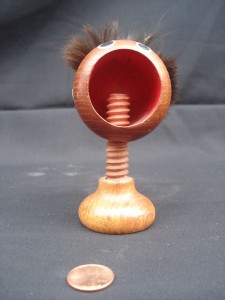
Can an object be intrinsically appealing? Can an object’s appearance spark covetous emotions in even the hardest of hearts? If so, what’s the secret? Artisans, craftsmen, and — particularly — manufactured product designers would certainly like to know it. Does the Troll Nutcracker’s big eyes and gaping mouth appeal, say, to our primal instinct to feed and protect babies? (In which case, should Apple add big eyes and a gaping mouth to the next iPhone? Yes, I think so.)
But Daniel Harris’ book Cute, Quaint, Hungry and Romantic (2000) claims that popular notions of “cuteness,” “zaniness,” and so forth, are as mass-produced as any consumer item. First we’re brainwashed into reacting a certain way to particular aspects of product design, he argues — and then we’re sold an endless torrent of stuff designed in just that way. Which seems true, to me.
This is one of the questions we’ll be seeking to answer in the weeks to come, once we’ve had the opportunity to parse the date from the Significant Objects experiment. We hope that you’ll join the conversation — now! Go ahead, leave a comment…


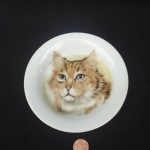
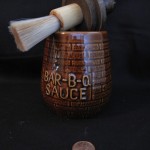
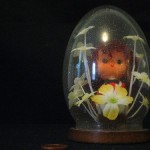
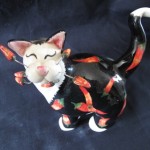
Certainly our top two sales — Russian Figure with Doug Dorst story, and Indian Maiden with R.K. Scher story — fit the bill of having intrinsic appeal of a certain kind. The cute kind, namely. To me the most intrinsically appealing object was the HAWK Ashtray (William Gibson story) followed by Smiling Mug (Ben Greenman) and probably Neck Team Button (Susannah Breslin). Some others, too, but those were all classic “finds.” It’ll be interesting to analyze more thoroughly how much of an impact this had on on sales price, compared against the objects that really had no particular intrinsic appeal — like the 4 Tile (Toni Schlesinger story, and a top seller), or the Meat Thermometer (Nicholson Baker story) or, uh, almost every single object that I added to our inventory.
I would assume that intrinsic appeal makes a difference. How could it not? People aren’t buying the stories and getting the object as a bonus. They are buying the object and getting to experience the stories as a bonus. I do take exception that a meat thermometer has no appeal, though. I used to collect vintage meat thermometers.
But wait — why did you stop collecting vintage meat thermometers?
If you haven’t already, check out the film ‘Objectified’ by Gary Hustwit (Netflix).
from the film: “Objectified is a feature-length documentary about our complex relationship with manufactured objects and, by extension, the people who design them. It’s a look at the creativity at work behind everything from toothbrushes to tech gadgets. It’s about personal expression, identity, consumerism, and sustainability.”
It focuses on the idea of an object as an object yet also as a piece of art or creative thought. Much like you are doing.
I’ve seen that … In fact, uh, I’m IN it!
But I don’t know if Josh has seen.
Pingback: Ladies and Gentlemen: The Data | Significant Objects
Pingback: Unappealing objects | Significant Objects
Pingback: Is this the most significant Significant Object yet?